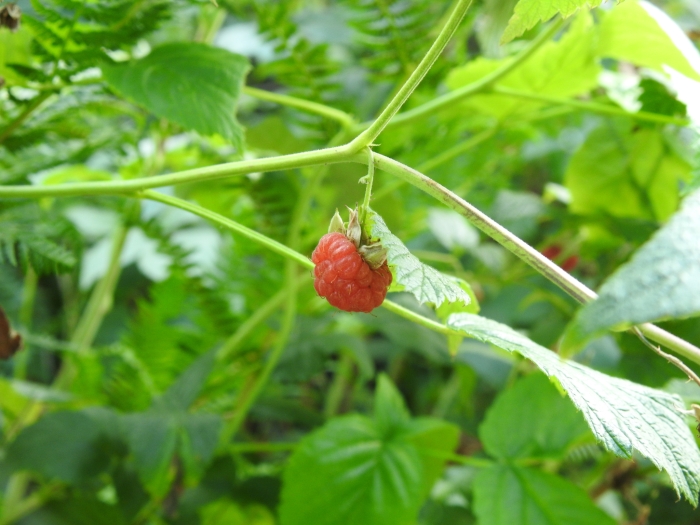Raspberry
(Rubus idaeus)
Raspberry (Rubus idaeus)
/
/

Wouter Koch
Public Domain





















































Estimated Native Range
Summary
Raspberries are valued for their edible fruits and are widely cultivated in home gardens, commercial agriculture, and for ornamental purposes. They offer the benefit of relatively easy maintenance and the ability to produce fruit in the first year of growth under proper conditions. The plant prefers well-drained, fertile soils and performs best in full sun to part shade. Regular pruning is essential for maintaining plant health and maximizing fruit production. While generally disease-resistant, they can be susceptible to fungal diseases such as botrytis or root rot in poorly drained soils. Raspberries can spread aggressively through their root system, which can be a problem in some gardens.CC BY-SA 4.0
Plant Description
- Plant Type: Shrub
- Height: 3-9 feet
- Width: 3-9 feet
- Growth Rate: Moderate
- Flower Color: White
- Flowering Season: Spring
- Leaf Retention: Deciduous
Growth Requirements
- Sun: Full Sun, Part Shade
- Water: Medium
- Drainage: Fast, Medium, Slow
Common Uses
Bank Stabilization, Bee Garden, Bird Garden, Border Plant, Butterfly Garden, Deer Resistant, Edible*Disclaimer: Easyscape's listed plant edibility is for informational use. Always verify the safety and proper identification of any plant before consumption., Hummingbird Garden
Natural Habitat
Temperate forest edges, open woodlands, and scrub areas
Other Names
Common Names: Raspberry , American Red Rasberry , Common Red Raspberry , Western Red Raspberry , Hindbær , Himbeere , Vadelma , Framboisier , Bringebær , Framboos
Scientific Names: Rubus idaeus , Rubus strigosus var. canadensis , Rubus idaeus f. idaeus , Rubus idaeus var. idaeus , Rubus idaeus var. inermis , Rubus idaeus f. chlorocarpus , Rubus idaeus f. phyllanthus , Rubus idaeus var. denudatus , Rubus diamantinus , Rubus idaeus f. sterilis
GBIF Accepted Name: Rubus idaeus L.